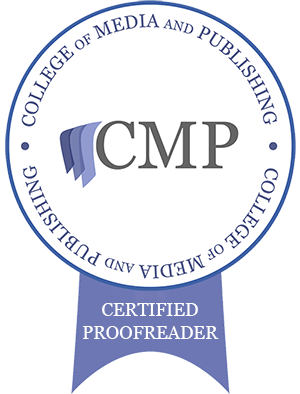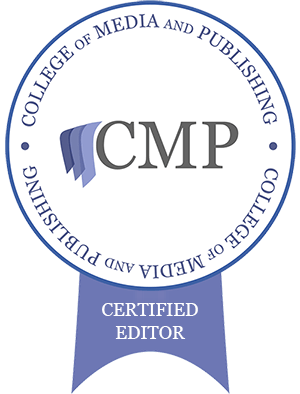
What is a ‘protagonist’?
The main character is called the protagonist. This is the main focus of the story, it is their journey we are reading about. We learn the most about the protagonist, and we witness their development as they navigate the plot. You can have more than one protagonist, of course, that’s perfectly okay to do. Especially if it’s a romance novel or if romance is a big part of the storyline, you will generally have two protagonists in your story.
So, the protagonist is the hero? Not always. Every hero is a protagonist in their own story, but not every protagonist is a hero. A hero is a specific kind of protagonist. Typically their actions save the girl/town/world/galaxy or whatever setting you have going on. Some of the best stories have a clear hero, from Odysseus and Beowulf to Luke Skywalker and Katniss Everdeen.
Of course, there has been a surge in comic book movies in the last 15 years, with Marvel and DC both bringing many of their superheroes onto the silver screen. Each of their heroes has their own stories going on, with the larger group movies intersecting these stories at different points to tie them all together.
Anti-Hero Protagonist
Not every protagonist has the typical qualities that make them a hero. Indeed, some of them actively don’t want to be seen as a hero (looking at you, Deadpool.) This is referred to as an ‘anti-hero’ protagonist, see the Wikipedia page here. An antihero will have qualities that are considered less than heroic, where they do the morally right thing but for reasons that are morally ambiguous. They often have traits associated with the ‘Dark Triad’ of personality traits.
The Dark Triad is a set of personality traits that are considered non-pathological but offensive in psychology. This includes aspects of narcissism (pride, a lack of empathy), Machiavellianism (manipulation and exploitation) and psychopathy (impulsivity, selfishness.) Some psychologists even add a fourth trait, sadism, the enjoyment of cruelty and the suffering of others.
The antihero is very popular in modern media, a lot of people will root for the antihero and it can be seen in the success of a number of movies and TV series. Modern anti-heroes include Deadpool, but characters like Tony Soprano, Dr Gregory House and Walter White are all antihero protagonists as well.
A Step Too Far? The Villain Protagonist
The next step up is to make the protagonist the villain. This is where the morally questionable actions are not justified in any way so it is clear that they are the ‘bad guy’. A good modern example is in the video game Undertale, which has a great meta-narrative about video game protagonists in general.
Usually in an RPG, you assume you fight monsters to gain experience and money. Undertale rewards you for not doing this and remaining pacifist throughout the game. You can complete a ‘Genocide’ run where you kill everything you come across and eventually no monsters come near you.
Choose to do this, and you become the villain of the story. To the point where the main antagonist supports you, and one of the major characters calls you out on it and tries to stop you. I won’t go into too much detail to spoil it, although I imagine most people know the story by now. But the game punishes you for becoming the villain, with a lot of the best content gone.
Conclusion
Thanks for reading about protagonists with me. On Wednesday we’ll look at antagonists and their functions in fictional narrative, and why they can be the more interesting characters at times. I hope you’ll join me for that. Subscribe below to get notified when a post goes live, and find me on my social media channels. If you want to read more on characters, take a look at this post here. Until next time!













